Norrbotten
WELCOME TO Norrbotten
County Overview
Luleå
98,249 km2
250,497
Swedish

Popular
Geography and Tourist Attractions
Information about the province's tourist attractions, including popular destinations, events, and activities.
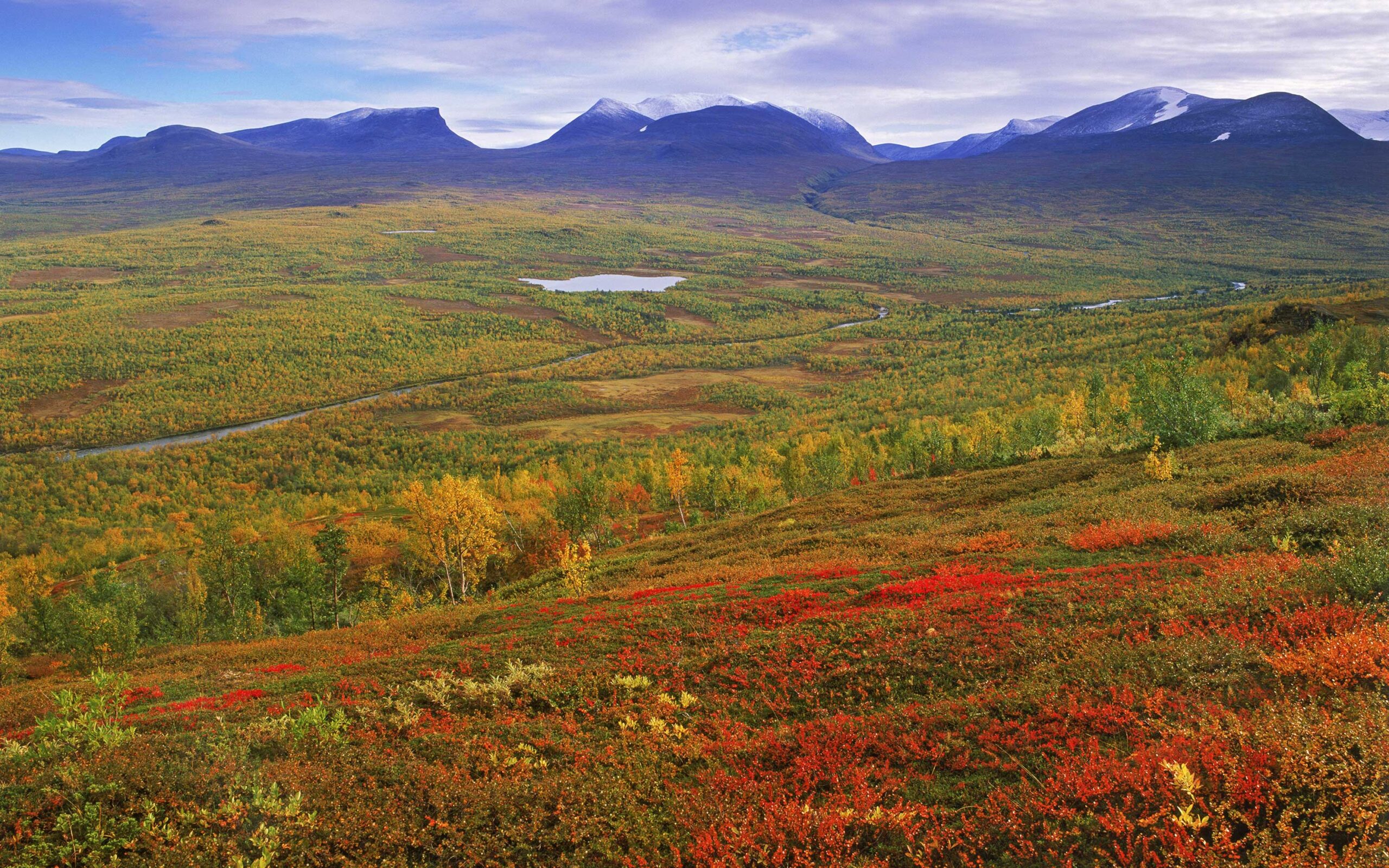
Abisko National Park
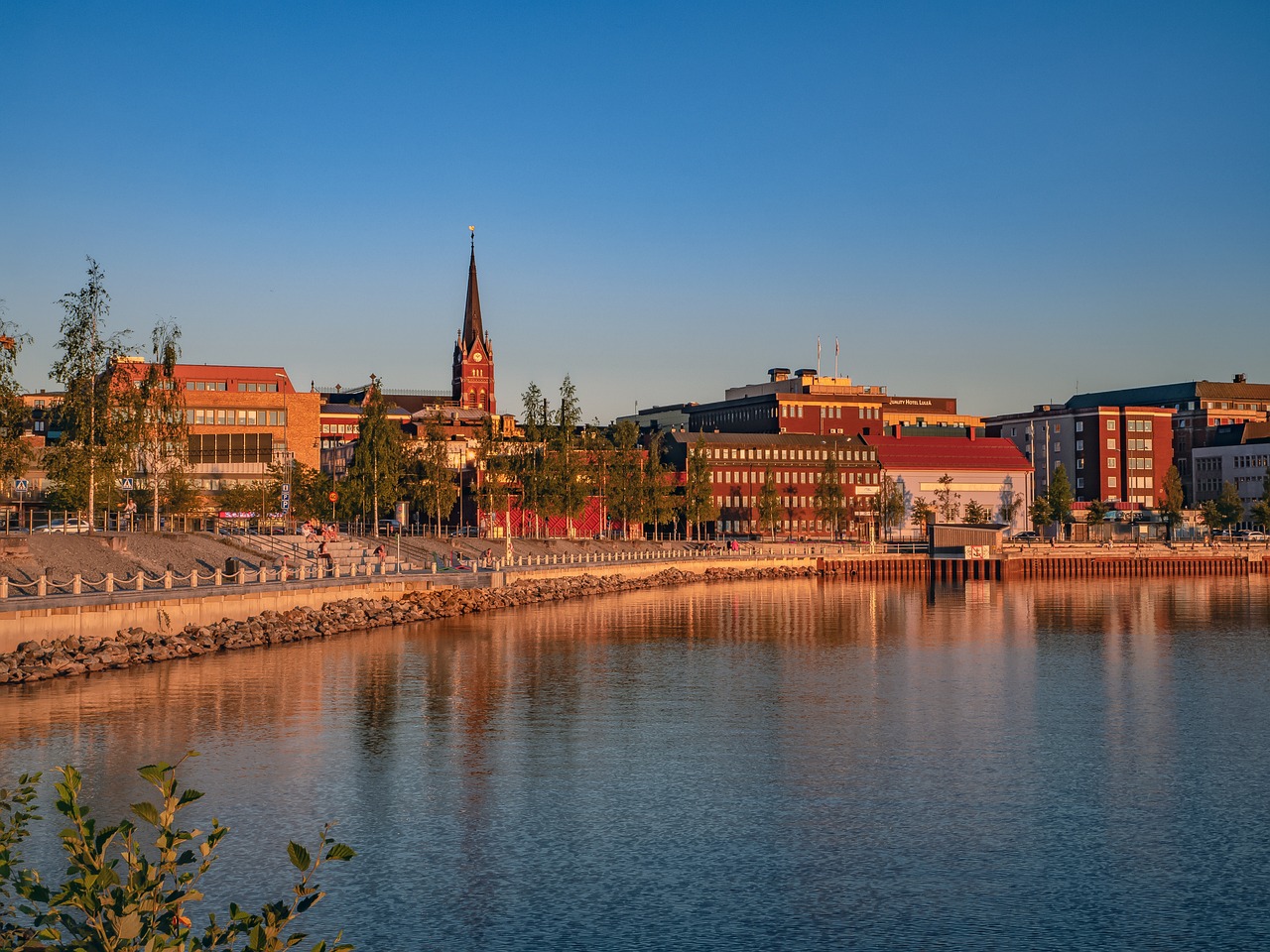
Luleå Archipelago
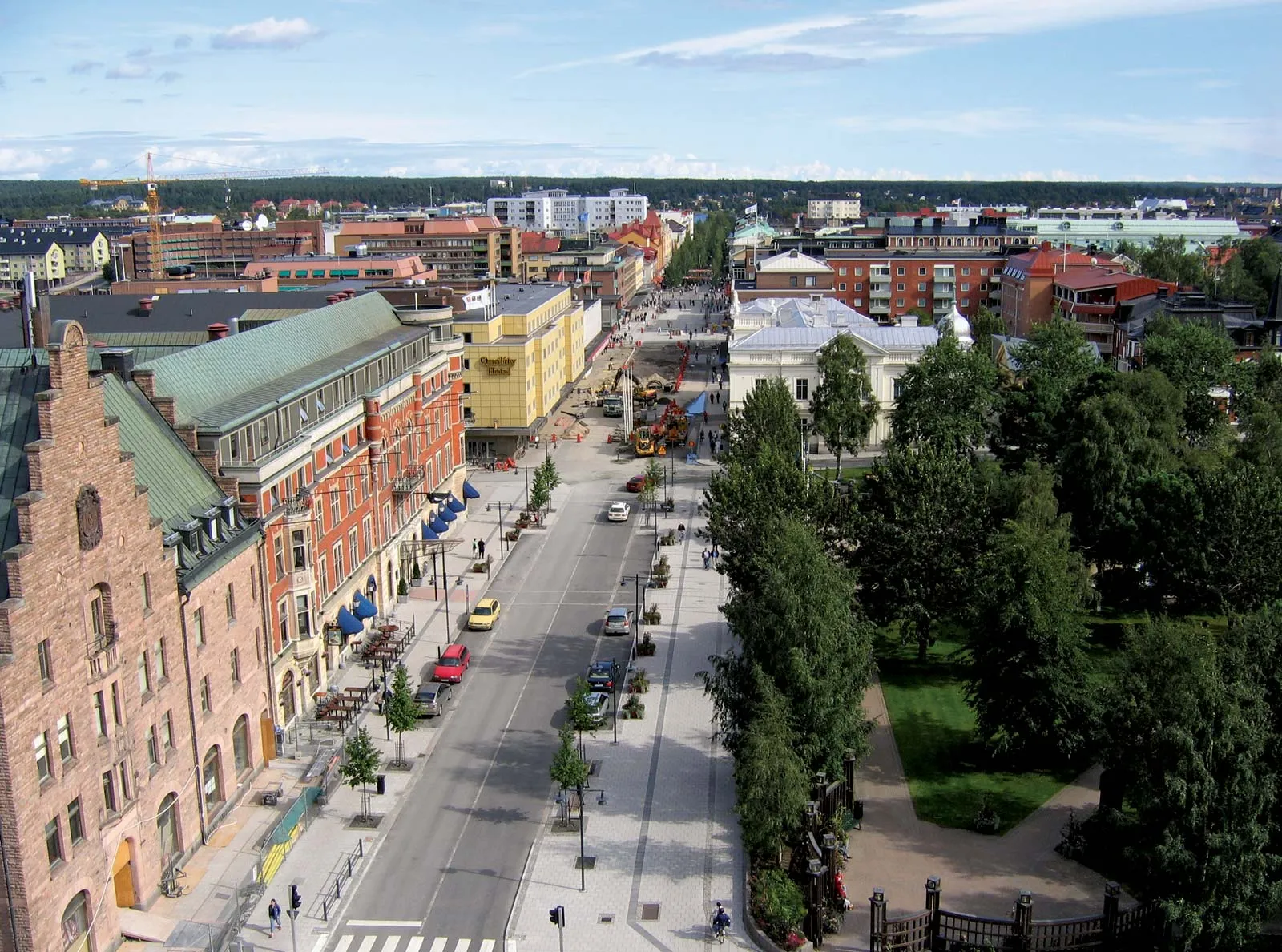
Kiruna
Political
Economy and Government
Norrbotten is a sparsely populated region located in northern Sweden that has traditionally been dominated by industries such as mining, forestry, and fishing. However, in recent years, the region has seen a shift towards knowledge-based industries, such as IT and research and development. The region is also home to several large-scale infrastructure projects, such as the Iron Ore Line and the Norrbotnia railway, which have helped to boost its economy.
The government of Norrbotten is primarily responsible for regional development and promoting economic growth in the area. The region has its own parliament, known as the Norrbotten County Council, which is responsible for healthcare, public transport, and other regional services. The council is headed by a county governor, who represents the national government in the region.
In addition to the County Council, Norrbotten is also home to several municipalities, each with its own local government. The municipalities are responsible for providing services such as education, social welfare, and public utilities to their residents.
Overall, the government of Norrbotten works closely with local businesses and industries to promote economic growth and ensure the region remains a vibrant and attractive place to live and work.
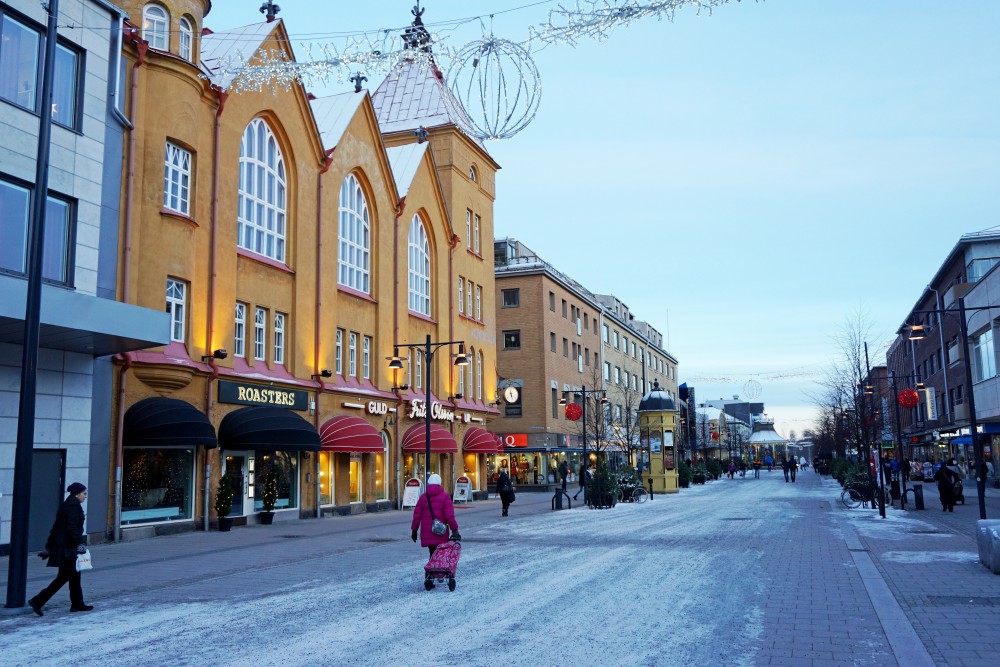
History
History and Culture
Norrbotten is a region in northern Sweden that boasts a rich and fascinating history and culture. The area has been inhabited for thousands of years by indigenous Sami people, who have their own unique traditions and way of life. Today, Norrbotten is known for its natural beauty, including vast forests, pristine lakes, and rugged mountains, and it is home to a diverse population that includes both Sami and Swedish people.
The region's history dates back to the Iron Age, and there are numerous archaeological sites and ancient ruins that attest to the area's rich cultural heritage. During the medieval period, Norrbotten played a strategic role in the defense of Sweden's northern borders, and the area was heavily fortified with castles and fortresses.
In the 19th century, Norrbotten underwent significant economic development, thanks in large part to the rise of the mining industry. Today, mining remains an important part of the region's economy, and there are several large mines operating in the area.
Norrbotten is also known for its vibrant cultural scene, which includes music festivals, theater performances, and art exhibitions. The region is home to several world-renowned artists, and it has a rich tradition of folk music and dance. Overall, Norrbotten is a unique and fascinating region that is well worth exploring for anyone interested in Sweden's rich cultural heritage.
HOTELS
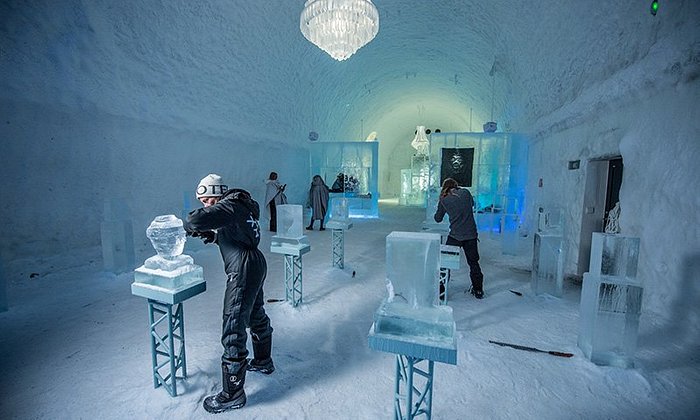
ICEHOTEL
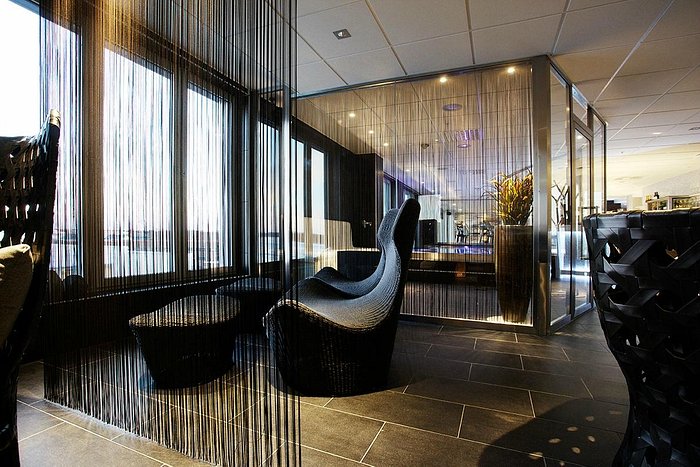
Clarion Hotel Sense
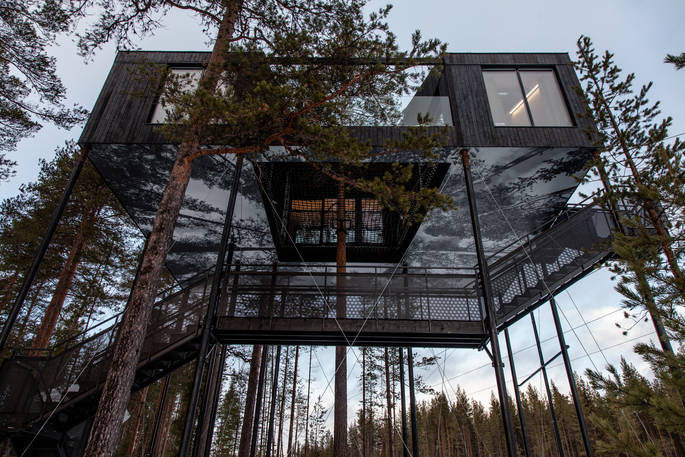
Treehotel
RESTAURANTS

Björk
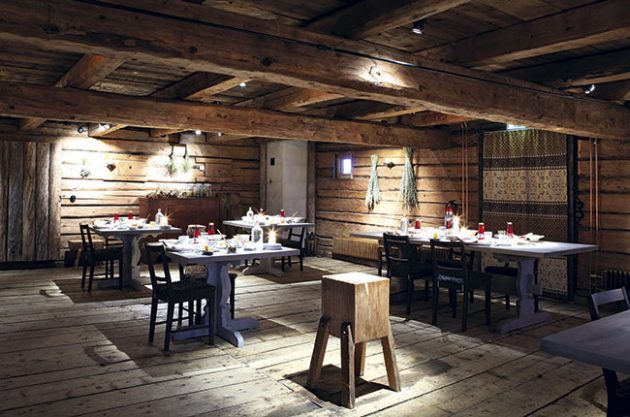
Fäviken Magasinet

